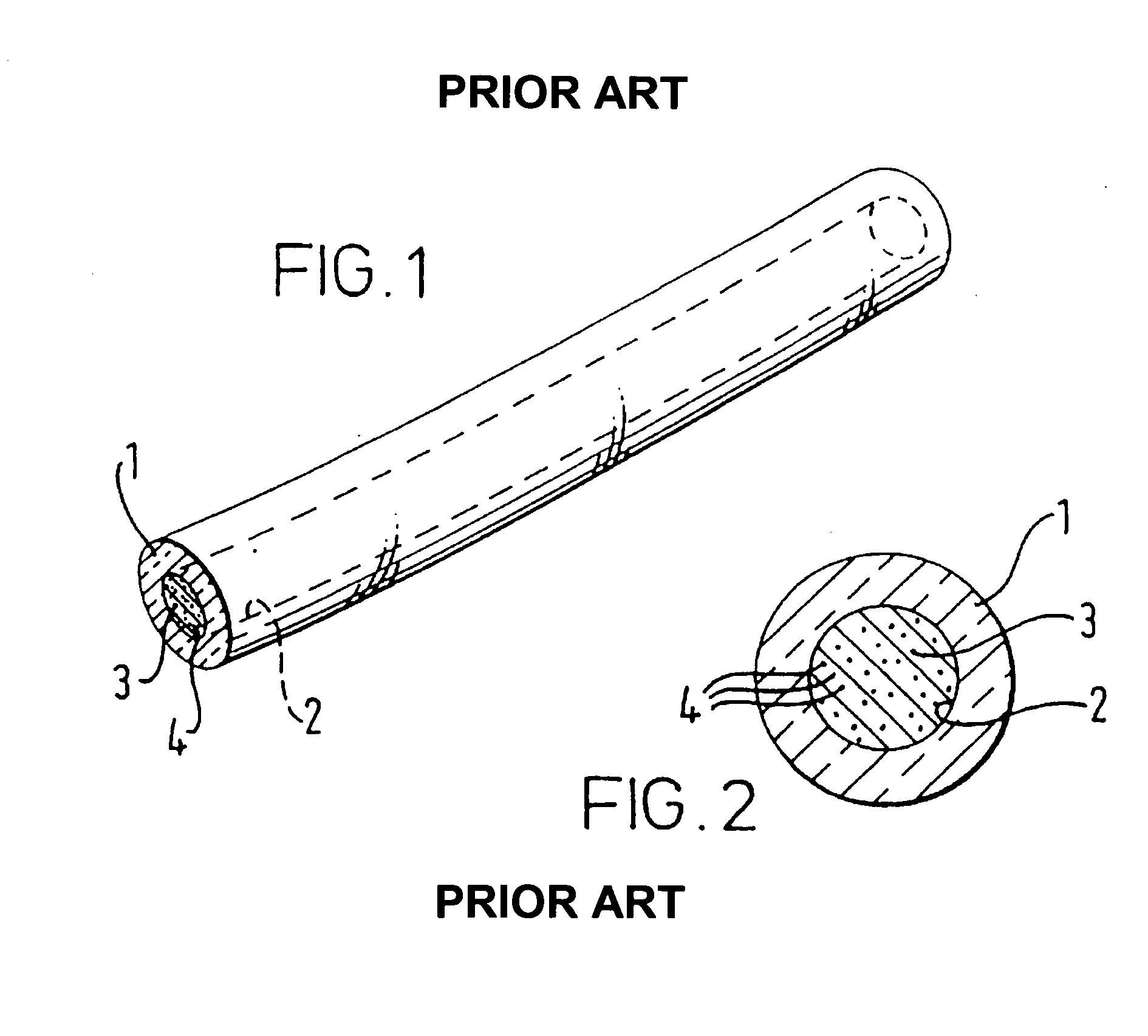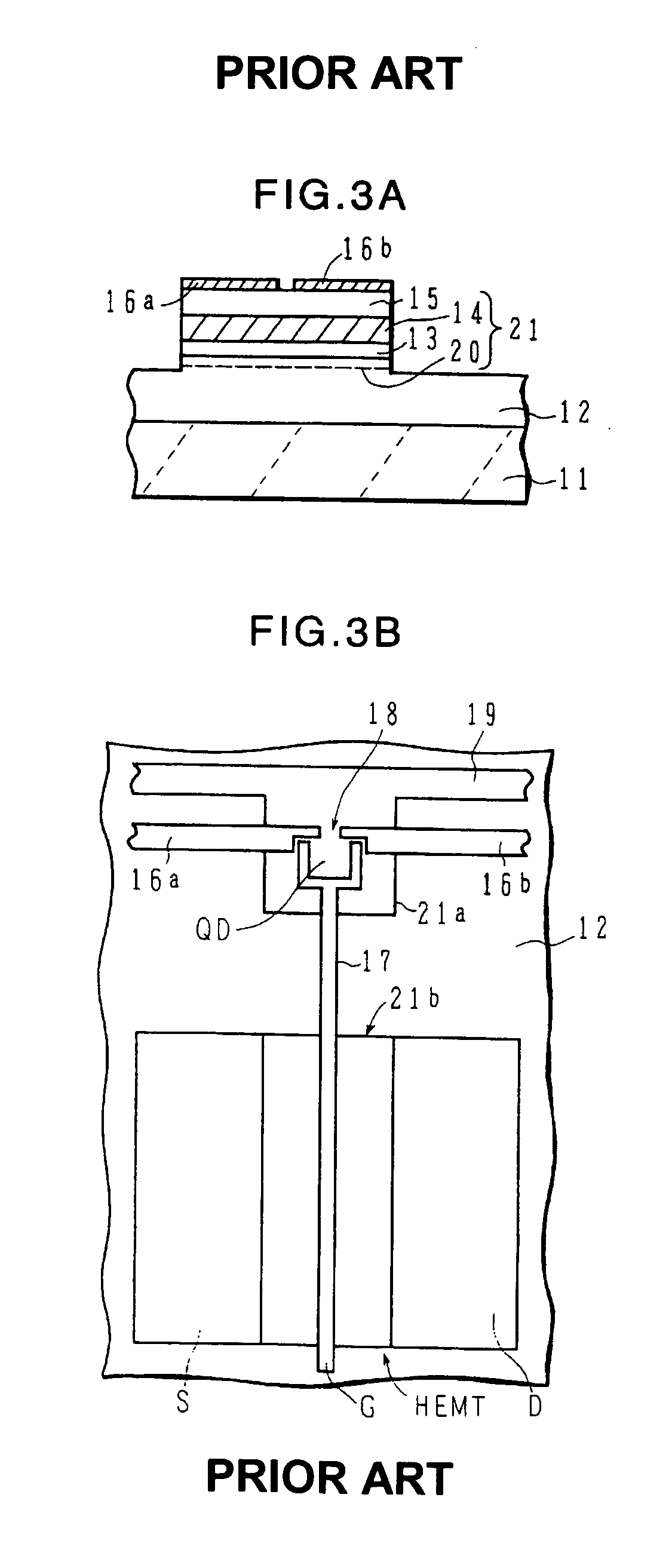Layered composite film incorporating a quantum dot shift register
omposite film technology, applied in the field of layered composite film incorporating a quantum dot shift register, can solve the problems of “three-dimensional” films, no discussion of the use, placement, or control of programmable quantum dots in the interior of bulk materials, and only comparatively recent understanding of the physics of these materials. achieve the effect of being considered more robus
- Summary
- Abstract
- Description
- Claims
- Application Information
AI Technical Summary
Benefits of technology
Problems solved by technology
Method used
Image
Examples
Embodiment Construction
[0060] The present invention is directed to the use of quantum dots within a layered composite film to produce a plurality of real-time programmable dopants within the film. Energy-transporting control paths are placed in the composite film to control the properties of the quantum dot dopants using external energy sources. Charge carriers are driven into the quantum dots by the energy in control paths, and trapped there through quantum confinement, such that the charge carriers form artificial atoms which serve as dopants for the surrounding materials. The “atomic number” of each artificial atom is adjusted through precise variations in the voltage across the quantum dot that confines it. Note that as the artificial atom has no nucleus, and thus no protons, the term “atomic number” is used herein to refer to the number of electrons forming valence shells of the artificial atom. The change in atomic number alters the doping characteristics of the artificial atoms.
[0061]FIG. 5 depict...
PUM
 Login to view more
Login to view more Abstract
Description
Claims
Application Information
 Login to view more
Login to view more - R&D Engineer
- R&D Manager
- IP Professional
- Industry Leading Data Capabilities
- Powerful AI technology
- Patent DNA Extraction
Browse by: Latest US Patents, China's latest patents, Technical Efficacy Thesaurus, Application Domain, Technology Topic.
© 2024 PatSnap. All rights reserved.Legal|Privacy policy|Modern Slavery Act Transparency Statement|Sitemap



